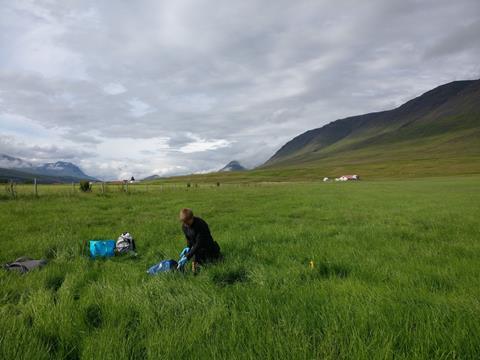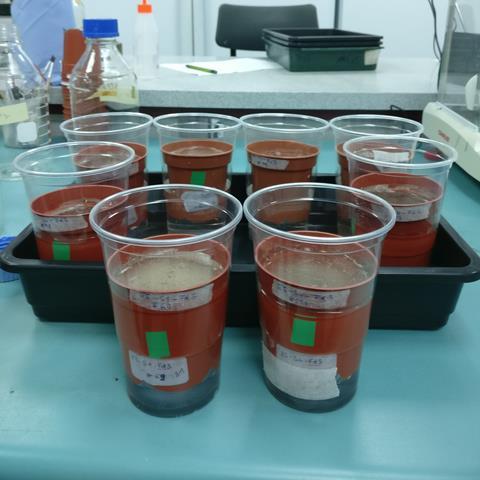New research has revealed how tiny soil microbes are impacted by extreme weather events, offering new insights into the risks posed by climate change.

As extreme weather events, such as heatwaves, droughts, floods, and freezes become more common due to global heating, understanding how soil microbes – critical for healthy ecosystems – respond is crucial.
These microbes play a key role in natural processes like carbon cycling, which helps determine how much carbon is stored in the soil and how much is released into the atmosphere as carbon dioxide, a major driver of global heating.
Simulated weather conditions
Researchers from The University of Manchester, working with a network of scientists across Europe, collected soil samples from 30 grasslands in 10 countries. They experimentally exposed the samples to simulated extreme weather events under controlled laboratory conditions to find out how the microbes would respond.
The team found that microbial communities in soils from different parts of Europe each reacted in unique ways to the extreme events. For example, soils from cooler, wetter climates were particularly vulnerable to heatwaves and droughts, while soils from dry regions were more affected by floods.

However, the scientists also found encouraging patterns and signs of consistency. In particular, microbes that can “pause” their activity and go dormant—essentially waiting out tough conditions—in any weather condition.
The findings are published today in the journal Nature.
Survival strategies
Dr Chris Knight, Senior Lecturer in Earth and Environment Sciences at The University of Manchester, said: “Soil microbes are vital for our ecosystems. Their ability to adapt or struggle with climate change has a direct impact on soil health, plant growth, food production and carbon storage.
READ MORE: Scientists predict the spatial-temporal dynamics of soil microbial-derived carbon stocks
“By understanding the microbes’ ‘survival strategy’, we can better predict and possibly mitigate future impacts of these extreme weather events, giving us crucial insights to safeguard vulnerable regions.
“But our research highlights just how complex and varied the effects of climate change can be. The fact that local conditions play such a huge role in how vulnerable soils are means that a “one-size-fits-all” approach won’t work when it comes to protecting soil ecosystems, suggesting tailored strategies will be key.”
Diversity of regions
Each sample site represents the diversity of biogeographic regions present in Europe: alpine (Austria), subarctic (Sweden), Arctic (Iceland), Atlantic (Oxford and Lancaster, UK), boreal (Estonia), continental (Germany), Mediterranean (Spain and GR, Greece) and steppe climate (Russia).
The research offers a key first step in predicting how microbial communities respond to climate extremes, helping inform conservation efforts and climate policies around the world.
Franciska de Vries, who conducted the research while at The University of Manchester, and is now a Professor of Earth Surface Science at the University of Amsterdam, added: “This study is one of the largest of its kind. By working across multiple countries and ecosystems, we have been able to provide key insights that could guide future research and environmental management strategies ensuring the health of our ecosystems in the face of increasing climate challenges.”







No comments yet